Are you experiencing error codes on your GE water softener? Don’t worry, we’ve got you covered. In this article, we’ll guide you through the troubleshooting and repair process to help you get your water softener back up and running smoothly.
GE water softeners are designed to remove minerals from your water, resulting in softer, cleaner water throughout your home. However, like any appliance, they can encounter issues and display error codes that indicate specific problems. Understanding these error codes and knowing how to fix them can save you time and money, while ensuring your water softener operates efficiently.
So, what do the most common GE water softener error codes mean, and how can you address them? Let’s delve into the details and find out.
Key Takeaways:
- The most common GE water softener error codes include E1, E3, E4, and E5.
- E1, E3, and E4 indicate a valve motor failure, while E5 indicates a defective timer.
- To fix these error codes, check the valve motor wire harness for damage or loose connections, and replace if necessary.
- If the motor runs but the rotor valve doesn’t move, replace the valve motor.
- If the motor runs constantly, replace the position switch.
- For the E5 error, unplug the water softener for 1 minute, reconnect power, and replace the timer if necessary.
Common GE Water Softener Issues and Solutions
In addition to error codes, there are other common issues that can occur with GE water softeners. These include water softener overflow, salty water, not using salt, water leakage, display issues, and resin beads in water. These issues can be caused by various factors such as faulty valves, timers, salt tanks, or resin tanks. Troubleshooting and solutions for these issues vary, but may involve checking connections, cleaning or replacing components, and ensuring proper salt levels and programming.
If you are experiencing a water softener overflow, the most likely cause is a malfunctioning valve or timer. Inspect the valve and clean or replace it if necessary. Ensure that the timer is set correctly and program it according to the manufacturer’s instructions. If the problem persists, it is recommended to contact a qualified technician for further assistance.
Common GE Water Softener Issues and Solutions:
- Water Softener Overflow: Check and clean or replace the valve and ensure proper timer programming.
- Salty Water: If your water tastes salty, it may indicate a problem with the regeneration process. Check the salt level in the brine tank and ensure it is at the recommended level. If the salt level is low, add more salt. If the problem persists, consult a professional to inspect and fix the water softener.
- Not Using Salt: If your water softener is not using salt, check if the brine tank is empty or if the salt bridge has formed. In case of an empty brine tank, add salt. If a salt bridge has formed, carefully break it up using a long object like a broom handle or consult a technician for assistance.
- Water Leakage: Water leakage can occur due to various reasons such as damaged or loose connections, faulty valves, or other components. Inspect the water softener for any visible leaks and tighten or replace connections as needed. If the leakage persists, it is recommended to seek professional help.
- Display Issues: If your water softener’s display is not functioning properly or showing error messages, try resetting the system by unplugging it for a few minutes and then plugging it back in. If the problem persists, refer to the manufacturer’s manual or contact customer support for further assistance.
- Resin Beads in Water: If you notice resin beads in your water, it may indicate a problem with the resin tank or resin beads. Inspect the resin tank for any cracks or damage and clean or replace the resin beads if necessary. If you’re unsure how to perform these tasks, it is recommended to consult a professional technician.
Remember, proper maintenance and regular inspections can help prevent and address these common issues with GE water softeners. By ensuring correct programming, maintaining salt levels, and promptly addressing any problems, you can keep your water softener operating effectively and enjoy the benefits of soft and clean water.
How to Clean and Maintain Your GE Water Softener
Regular cleaning and maintenance are essential for keeping your GE water softener running smoothly. Follow these tips to ensure optimal performance:
Cleaning Process
To clean the softener, follow these steps:
- Unplug the unit from the power source.
- Locate the bypass valve and push it in to prevent water flow through the softener.
- Remove the lid of the softener.
- Clean the nozzle and venturi assembly using a soft brush or cloth.
- Reassemble the unit and ensure all connections are secure.
Using the Right Salt
It is important to use pure salt specifically designed for water softeners. This ensures optimal performance and prevents salt buildup inside the unit. Avoid using rock salt or any other type of salt that can clog the brine tank.
Maintaining Salt Level
Check the salt level in the brine tank regularly and ensure it is maintained at the recommended level. This ensures that the softener can regenerate properly and provide softened water consistently.
Annual Maintenance
In addition to regular cleaning, annual maintenance tasks are recommended to keep your GE water softener in excellent condition:
- Check for salt bridges, which occur when a hard crust forms at the top of the salt inside the tank. Break up any salt bridges to ensure proper salt dissolution.
- Inspect and clean the resin tank to remove any sediment or debris that may accumulate over time.
- Check the control settings and programming to ensure they are accurate.
- Test the water pressure and make adjustments if necessary.
By following these cleaning and maintenance tips, you can prolong the lifespan of your GE water softener and enjoy the benefits of softened water for years to come.
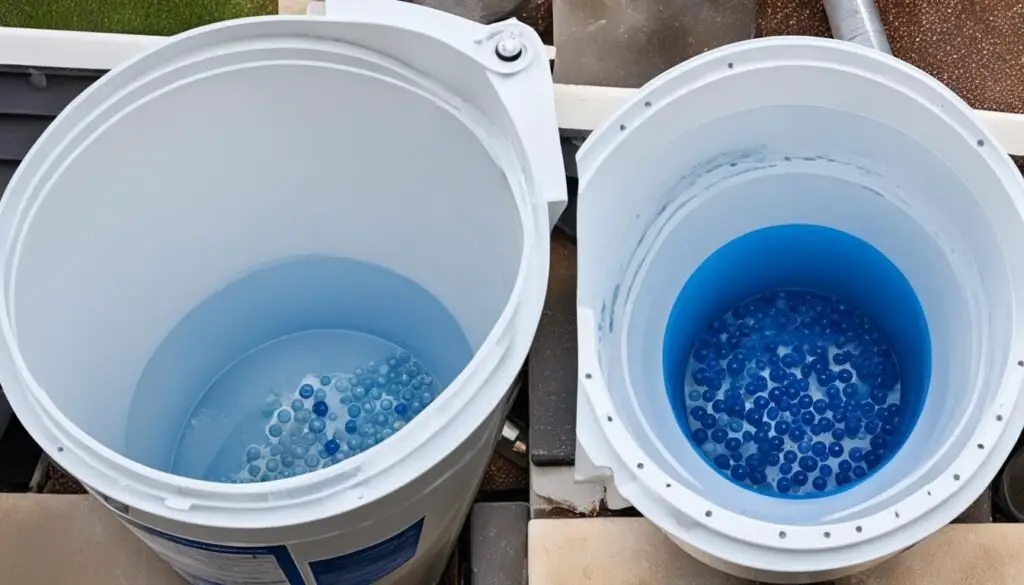
Comparison of GE Water Softener Maintenance
| Maintenance Task | Frequency | Benefits |
|---|---|---|
| Cleaning nozzle and venturi assembly | Regularly | Prevents clogging and ensures proper water flow |
| Using pure salt | Always | Prevents salt buildup and maintains effectiveness |
| Maintaining salt level | Regularly | Ensures consistent regeneration and softened water |
| Checking for salt bridges | Annually | Prevents salt bridging and ensures proper salt dissolution |
| Inspecting and cleaning resin tank | Annually | Removes sediment and debris for optimal performance |
| Checking control settings and programming | Annually | Ensures accurate operation and water softening |
| Testing water pressure | Annually | Identifies and resolves pressure issues |
Conclusion
Resolving GE water softener error codes can be frustrating, but with the right troubleshooting and maintenance, many issues can be resolved. By understanding the meanings and causes of the error codes, you can effectively diagnose and fix problems with your water softener.
Remember to follow proper cleaning and maintenance procedures to keep your water softener in optimal condition. Regular cleaning, using the correct salt, and maintaining the proper salt level in the brine tank are key aspects of keeping your water softener running smoothly.
If you encounter complex issues or need professional help, don’t hesitate to contact a qualified technician or service provider. They have the expertise and experience to diagnose and repair any issues with your GE water softener. With proper care and timely intervention, your GE water softener will continue to provide you with soft, clean water for years to come.
FAQ
What are the most common GE water softener error codes?
The most common GE water softener error codes include E1, E3, E4, and E5.
What do the error codes E1, E3, E4, and E5 indicate?
E1, E3, and E4 indicate a valve motor failure, while E5 indicates a defective timer.
How can I fix these error codes?
To fix these errors, check the valve motor wire harness for damage or loose connections and reconnect if necessary. Replace the valve motor wire harness if damaged. If the motor runs but the rotor valve doesn’t move, replace the valve motor. If the motor runs constantly, replace the position switch. For the E5 error, unplug the water softener for 1 minute, reconnect power, and replace the timer if necessary.
What are some other common issues that can occur with GE water softeners?
Other common issues include water softener overflow, salty water, not using salt, water leakage, display issues, and resin beads in water.
What can cause these issues?
These issues can be caused by faulty valves, timers, salt tanks, or resin tanks.
How can I troubleshoot and solve these issues?
Troubleshooting and solutions for these issues vary, but may involve checking connections, cleaning or replacing components, and ensuring proper salt levels and programming.
How should I clean and maintain my GE water softener?
To clean the softener, unplug the unit, push in the bypass valve, remove the lid, clean the nozzle and venturi assembly, and reassemble. Use pure salt specifically designed for water softeners and maintain the proper salt level in the brine tank. Additionally, perform annual maintenance tasks such as checking for salt bridges, inspecting and cleaning components, and ensuring proper water pressure.
How can I resolve GE water softener error codes?
By understanding the meanings and causes of the error codes, you can effectively diagnose and fix problems with your water softener. Regular cleaning and maintenance are also essential. For complex issues or professional assistance, contact a qualified technician or service provider.

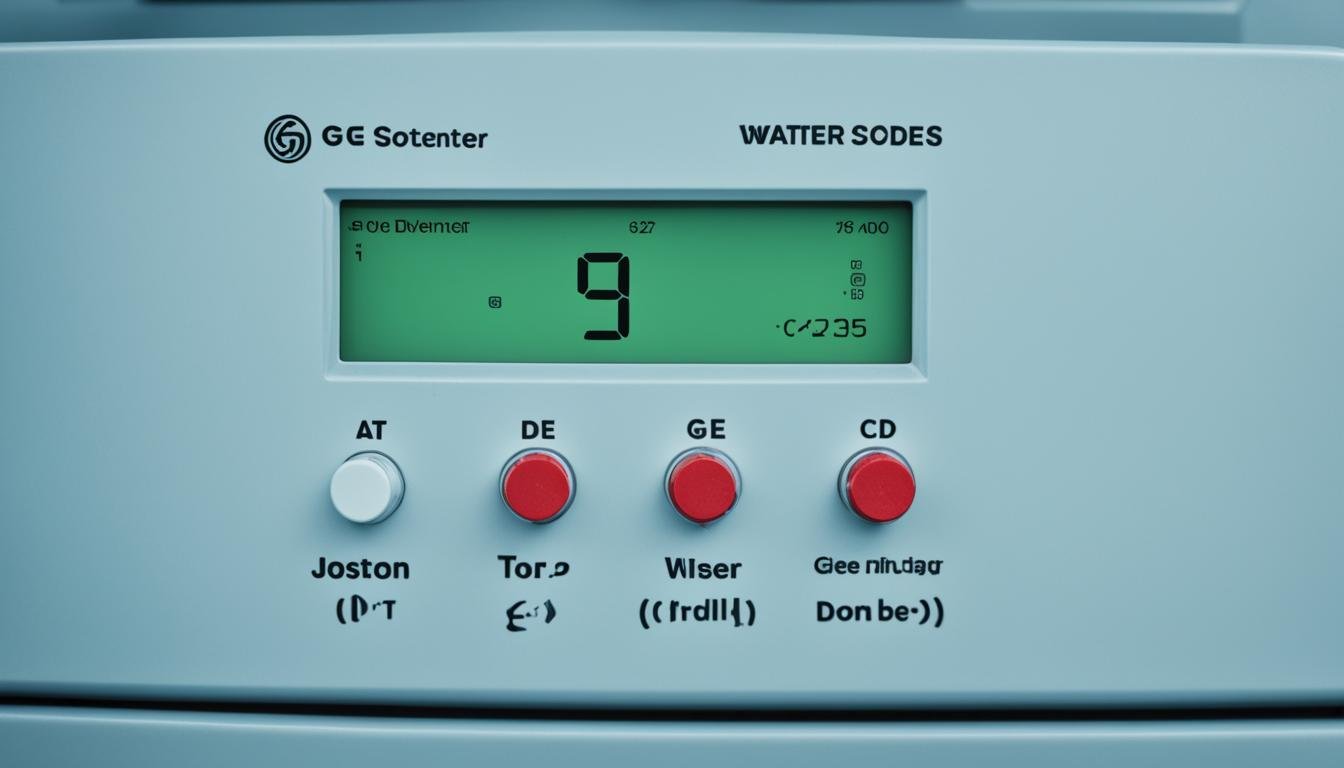
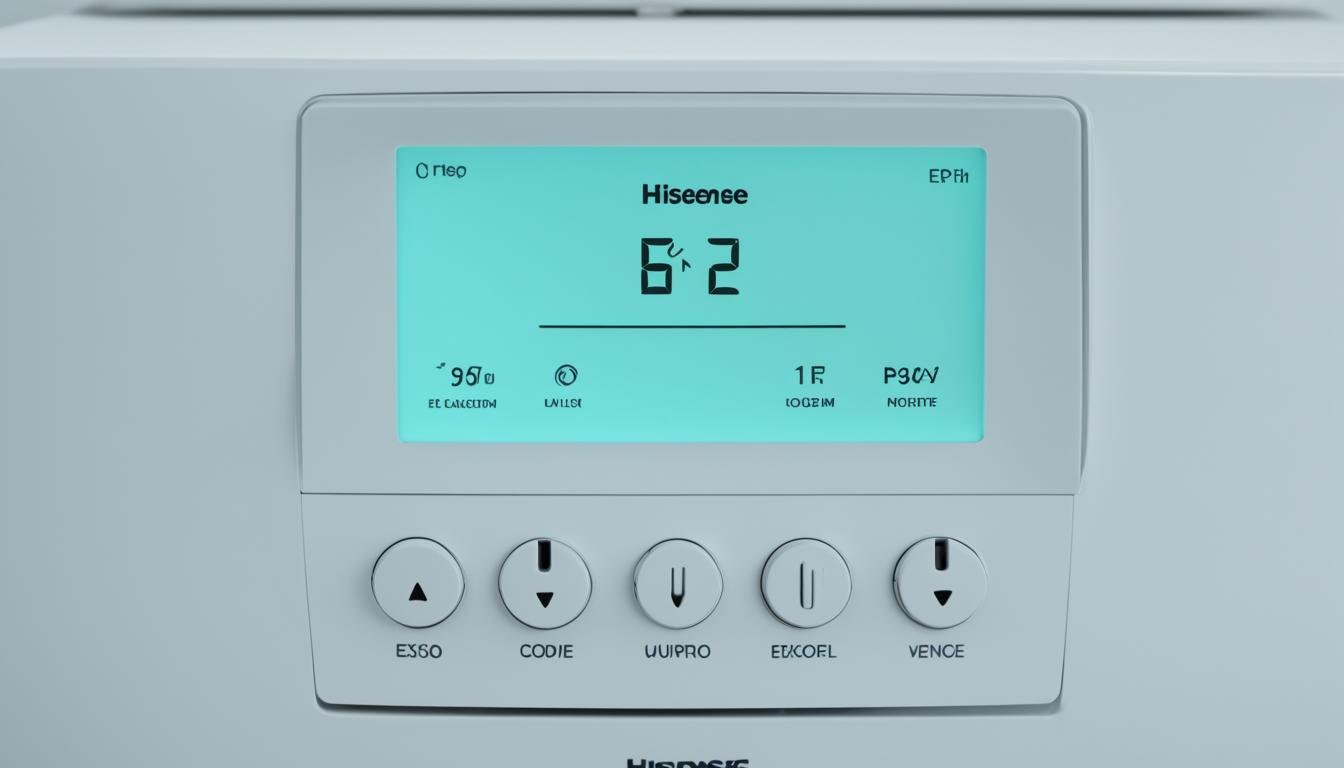
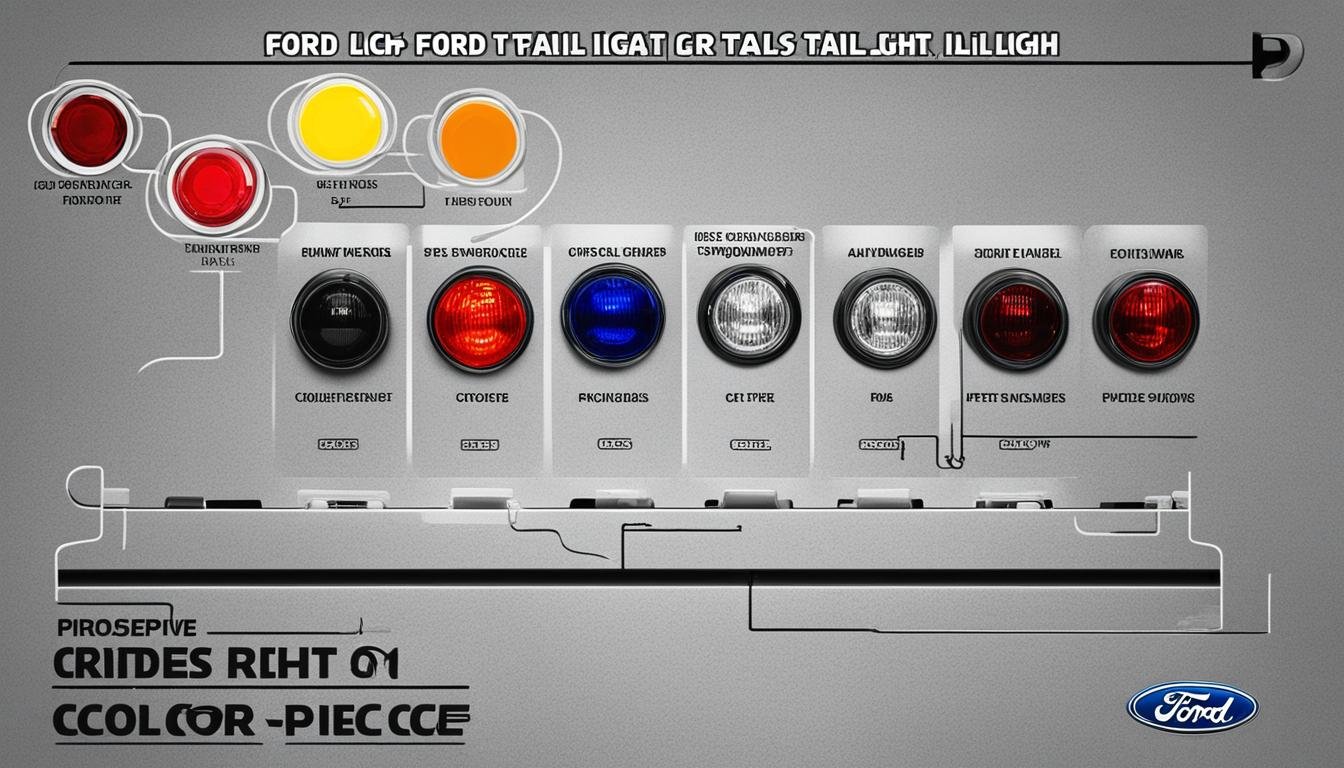
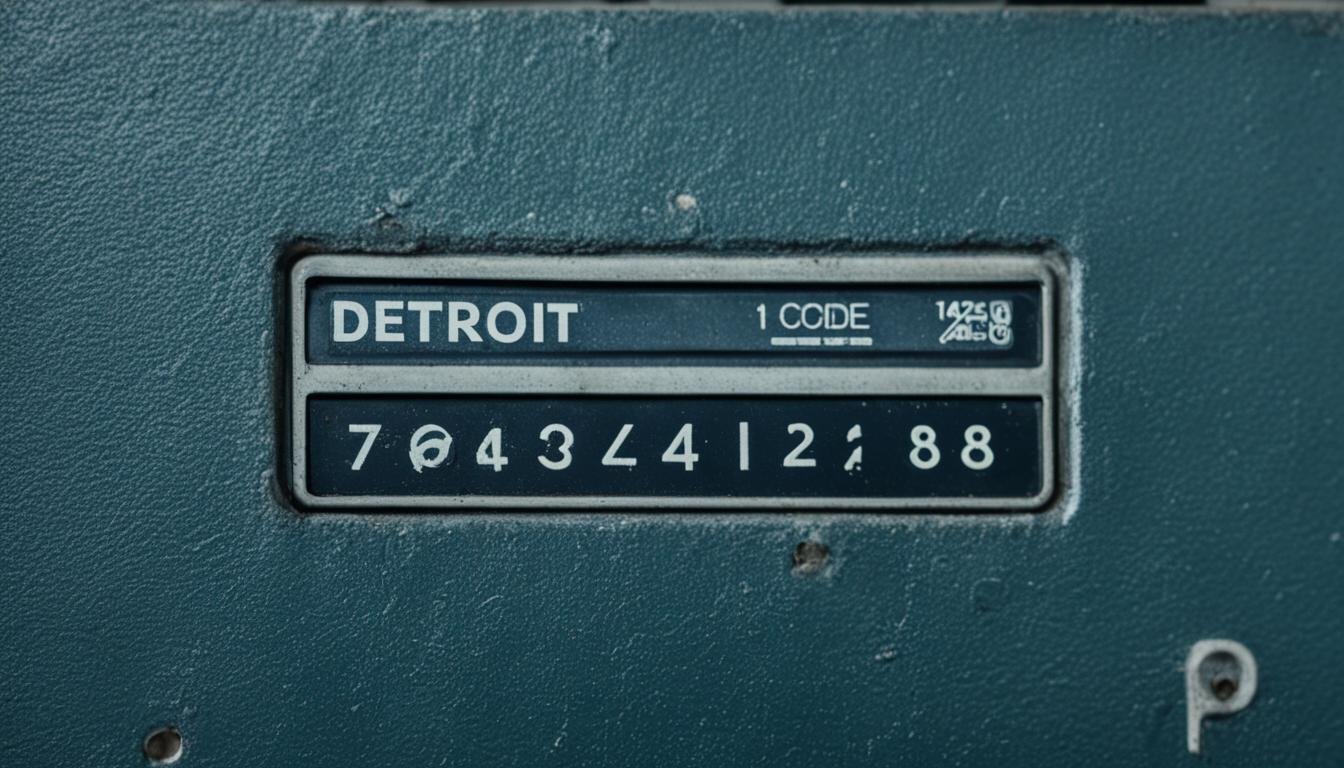

Leave a Reply